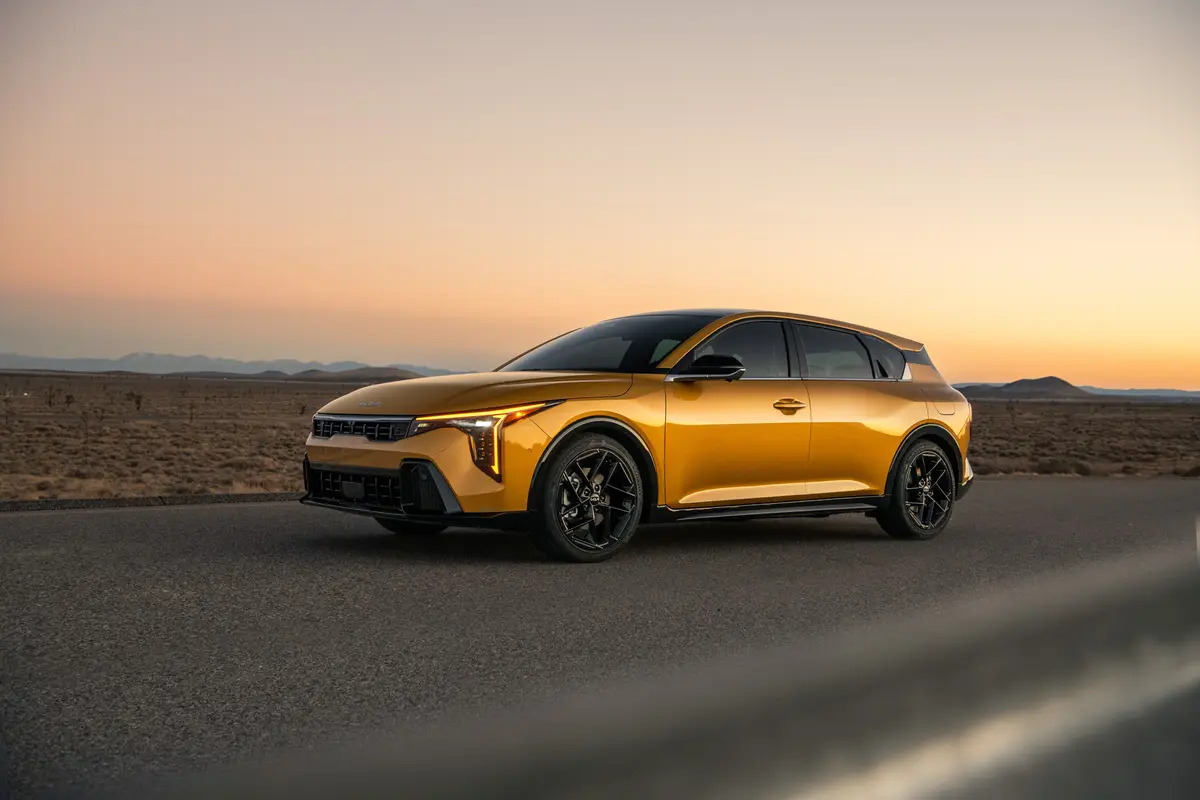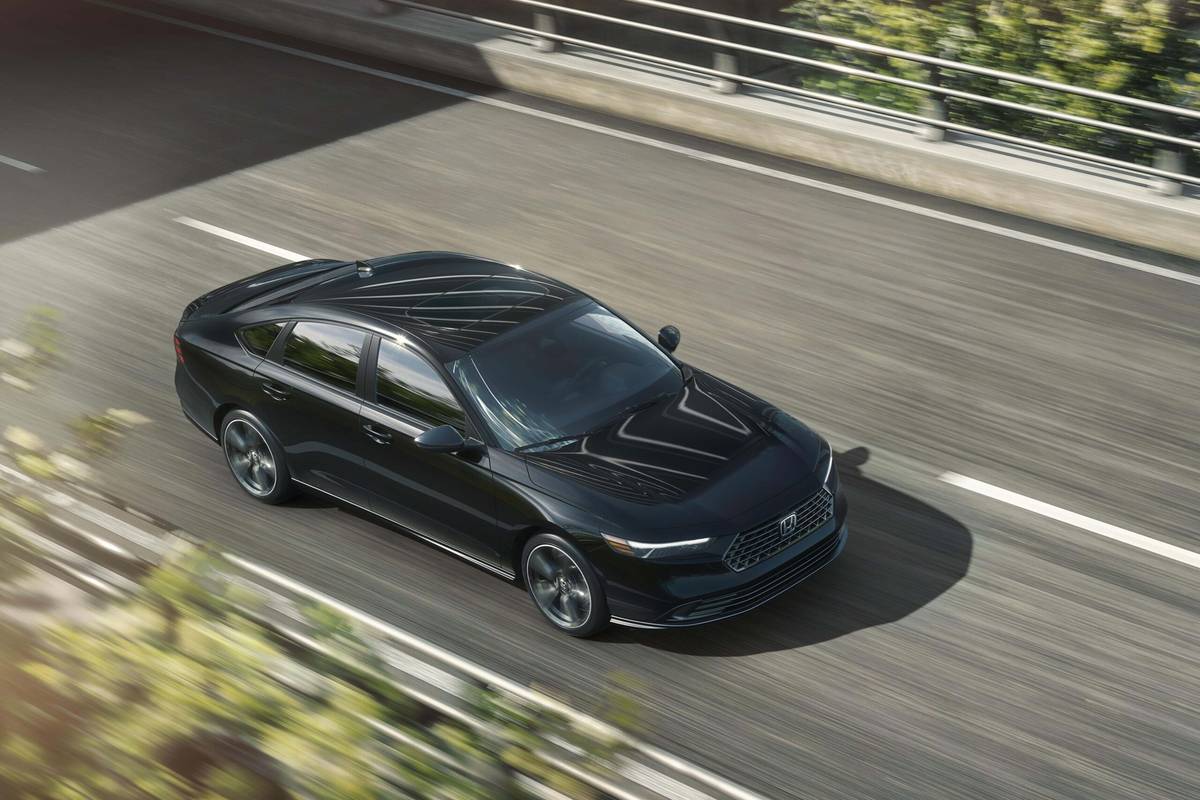washingtonpost.com's view
The windows worked fine. But they cranked manually. That bothered some passengers in the 2006 Kia Rio 5 SX.
I drove the base model, which came without power windows and locks.
Also absent were power side-view mirrors, a sunroof, navigation system and a rear video entertainment screen. The seats were cloth. The five-speed transmission was manual. But everything was assembled perfectly. Even the tangibly cheap plastic parts on the instrument panel were aligned just right.
My passengers scoffed at the absence of power windows. People are funny. They get used to a certain level of convenience and are upset by anything less.
It was no onerous task to roll the Rio 5 SX’s windows up or down. It was just the idea that a vehicle manufacturer would have the temerity to expect someone in America to do it. “This is so third-world!” said one of my riders.
The Rio 5 SX is South Korean, but there’s nothing third-world about it. It’s an honest economy car, which means it’s mostly devoid of frills. It does have an air conditioner; and its standard four-speaker sound system, essentially a motorized boom box, works well. But it’s a Point A-to-Point B car, plain and simple.
That means the Rio 5 SX pays little regard to 0-to-60-mph acceleration times, makes no pretense of being able to take corners in the manner of a Porsche, and cares not a whit about prestige. It is the car as everyman and everywoman, the four-wheeled version of the working stiff.
That is a good thing. We need cars like the Rio 5 SX in a world of diminishing fuel resources and increasing economic uncertainty. It’s relatively inexpensive, with a base price of $13,500. It’s fuel efficient, at about 35 miles per gallon on the highway with the standard five-speed manual transmission. It’s reasonably safe. Seat-mounted side air bags and side/head curtain air bags are standard.
Kia’s front-wheel-drive Rio 5 line, formerly sold as the Rio Cinco, includes the sedan and hatchback — with the sedan sold in base and base-plus LX trim, and the hatchback sold only as the SX model. The sedan starts at $11,100, for which you get a car that starts and stops reliably, travels at a reasonable speed on 14-inch-diameter tires, and uses little fuel.
The Rio 5 SX hatchback, by comparison, is a step up in size and equipment. If you order it with Kia’s “power package,” you can get the power windows, locks and side-view mirrors; a leather-covered steering wheel; and a sound system with two extra speakers (tweeters) to enhance treble notes.
The Rio 5 SX has 15-inch-diameter tires, which help plant it a bit more firmly on the road. But it shares the 1.6-liter, in-line four-cylinder, 110-horsepower engine used in all Rio 5 models.
That engine works fairly well with the car’s standard five-speed manual transmission. But linking it to the optional four-speed automatic transmission turns the Rio 5 SX into a bona fide slug.
But if it is true that all things are relative, then a discerning buyer in search of a personal transportation bargain will be happy with the Rio 5 SX with automatic or manual gear. Let’s face it, the car beats walking; and it offers more utility than the carrying basket of a bicycle or the side saddles of a motorbike.
I intend neither cynicism nor sarcasm in my comments. In fact, I like the Rio 5 SX in the way that I like most usable things — good socks, trusted jeans, favorite old sweaters and durable tennis shoes. It’s a matter of taking things in context, of appreciating what they are as opposed to criticizing them for what they are not.
The Rio 5 SX is an inexpensive, serviceable economy car. It is meant for urban and campus use. It is designed to provide individual mobility at a price many gainfully employed individuals can afford. It uses fuel wisely. If used as intended, it will do more than get you from Point A to Point B. By helping you save money on your life’s journey, it can take you to a financial place where, someday, if you wish, you can afford something better.
Latest news



